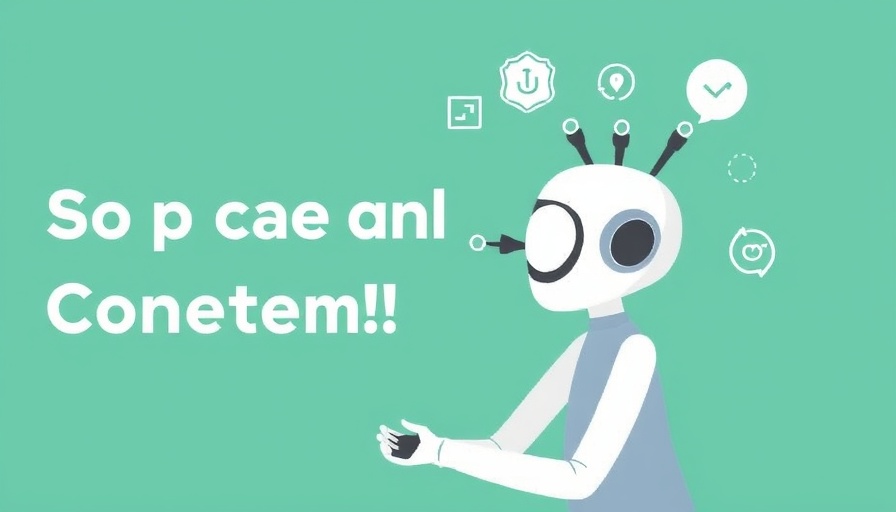
Hooks: The Essential Element of Content Creation
In today's digital age, grabbing someone's attention within seconds is more challenging than ever. With the continuous avalanche of content being produced, it's like competing in a vast ocean where standing out is the key to being seen. This challenge makes it essential for small and medium-sized businesses to create compelling hooks that draw in audiences from the first glance.
The Anatomy of a Good Hook
A great hook acts as the gateway to your content, persuading a user to pause and engage rather than scroll past. What makes a hook effective? It typically blends four crucial components: format, platform, psychology, and algorithm that guide its construction and deployment.
Understanding the Double-Edged Sword of Format
The format of your content—whether it's text, video, audio, or a carousel—greatly influences how your hook will resonate. For instance, video formats often benefit from visuals that tell a story quickly while text hooks need to be punchy and clear to catch the reader's eye. Knowing which format works best for your messaging is where the journey to crafting an effective hook begins.
The Power of Knowing Your Platform
Each social media platform has its nuances. For example, LinkedIn is often used for professional insights and networking, appealing to a more serious audience, while TikTok thrives on lighthearted and trending content, making it essential to tailor your hooks accordingly. Understanding the “first impression” windows and engagement signals of each platform can be a game-changer.
Relating to Human Psychology
Why do some hooks cause users to stop scrolling? The answer often lies in the psychology of the audience. Humans are naturally wired to respond to elements that invoke curiosity, offer novelty, or present relatable experiences. Hooks that address emotions like humor, surprise, or empathy can significantly enhance engagement, increasing the likelihood that viewers will remain on your content longer.
The Overlooked Element: Algorithms Make or Break Hooks
While crafting the perfect hook, understanding platform algorithms is vital. Algorithms are designed to predict user behavior and engagement. For example, if the aim is to get viewers to comment, your hook should encourage interaction. Designing with algorithmic expectations in mind ensures that your content will be prioritized in feeds, maximizing visibility.
What You Can Control in Your Content Strategy
While you can’t force someone to stop scrolling, you can control the elements of your content to enhance your chances. Adjusting the format, aligning with platform behaviors, and creating captivating psychological hooks are all actionable steps. Small and medium businesses should focus on these elements to optimize their content strategy successfully.
Counterarguments: Embracing Flexibility
It's also important to note that while having a solid hook is crucial, there are instances where unconventional approaches may yield success. Understanding your audience allows you to experiment and take calculated risks with your hooks. Just because a standard format works for most doesn't mean that a unique angle won't capture attention equally well.
Conclusion: The Future of Engagement Through Effective Hooks
As we progress into 2025, the landscape of content creation will continue to evolve, and so must our methods of engagement. For small and medium-sized businesses hoping to capture and maintain attention, mastering the art of the hook strategy will be paramount. By understanding the interplay of format, platform dynamics, human psychology, and algorithms, businesses can craft hooks that not only attract viewers but also promise to deliver meaningful value. Remember to always adapt and innovate as trends shift to keep your audience engaged and invested.
 Add Row
Add Row  Add
Add 



Write A Comment